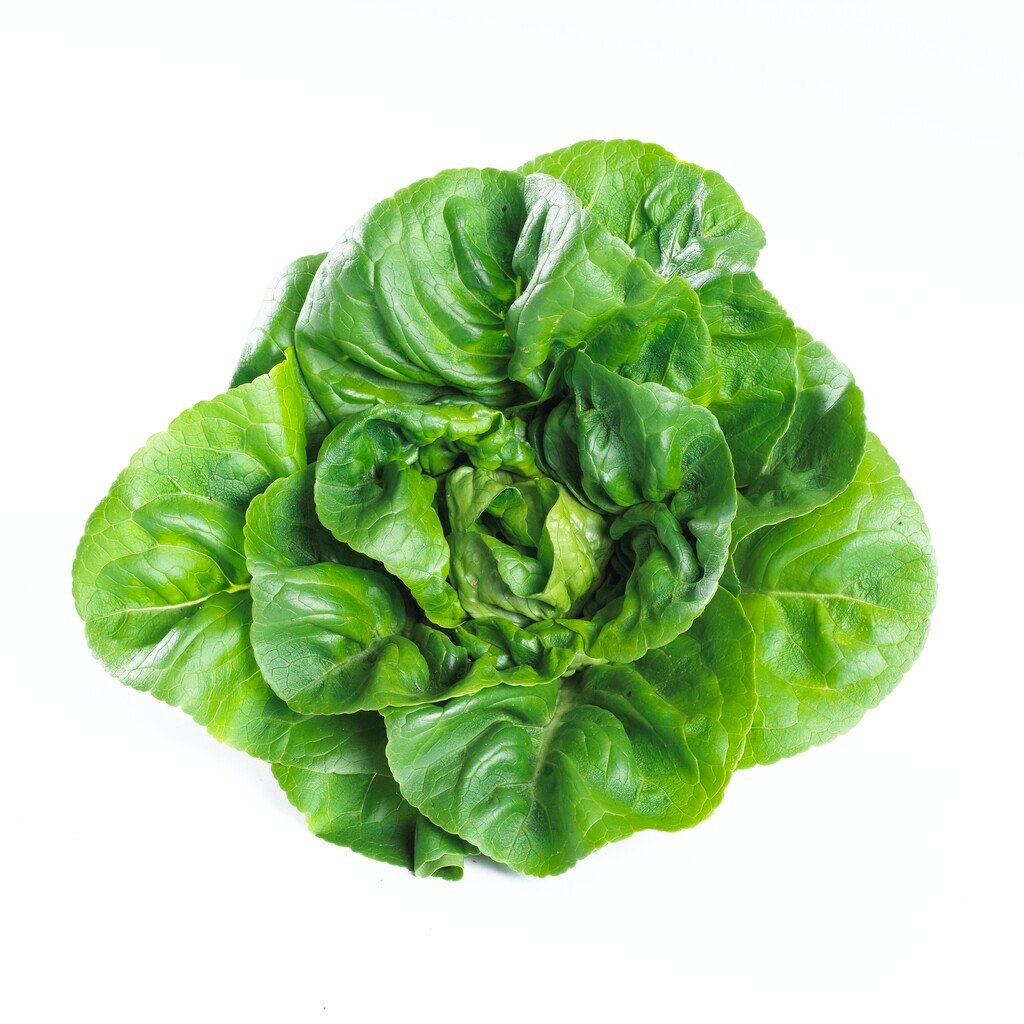Lactuca sativa var. longifolia
cos lettuce
Cos and romaine type lettuces, usually forming tall heads of crisp green or sometimes red-tinted leaves, useful for salads. Plants can be up to 30cm high depending on the cultivar
Size
Ultimate height
0.1–0.5 metresTime to ultimate height
1 yearUltimate spread
0.1–0.5 metresGrowing conditions
Moisture
Moist but well–drainedpH
Acid, Alkaline, NeutralColour & scent
| Stem | Flower | Foliage | Fruit | |
| Spring | Green Red | |||
|---|---|---|---|---|
| Summer | Green Red | |||
| Autumn | Green Red | |||
| Winter |
Position
- Full sun
- Partial shade
Aspect
East–facing or South–facing
Exposure
Sheltered Hardiness
H3Botanical details
- Family
- Asteraceae
- Native to GB / Ireland
- No
- Foliage
- Deciduous
- Habit
- Clump forming
- Genus
Lactuca can be annuals, biennials, perennials or shrubs, with alternate leaves, milky white sap and daisy-like flowers in white, yellow or blue. The genus includes a wide range of wild plants, as well as species cultivated for their edible leaves (lettuce)
- Name status
Unresolved
How to grow
Cultivation
Grow in full sun or afternoon shade on moisture-retentive, ideally neutral soil. Water when the soil is dry, ideally early in the morning. Sow a short row every fortnight to ensure continuity of cropping. Use cloches or biodegradable horticultural fleece to protect early and late crops. See lettuce cultivation for more information
Propagation
Propagate by seed. See sowing vegetable seeds
Suggested planting locations and garden types
- Cottage and informal garden
- Patio and container plants
Pruning
No pruning required
Pests
Diseases
May be susceptible to grey moulds; some resistance to downy mildews
Get involved
The Royal Horticultural Society is the UK’s leading gardening charity. We aim to enrich everyone’s life through plants, and make the UK a greener and more beautiful place.
